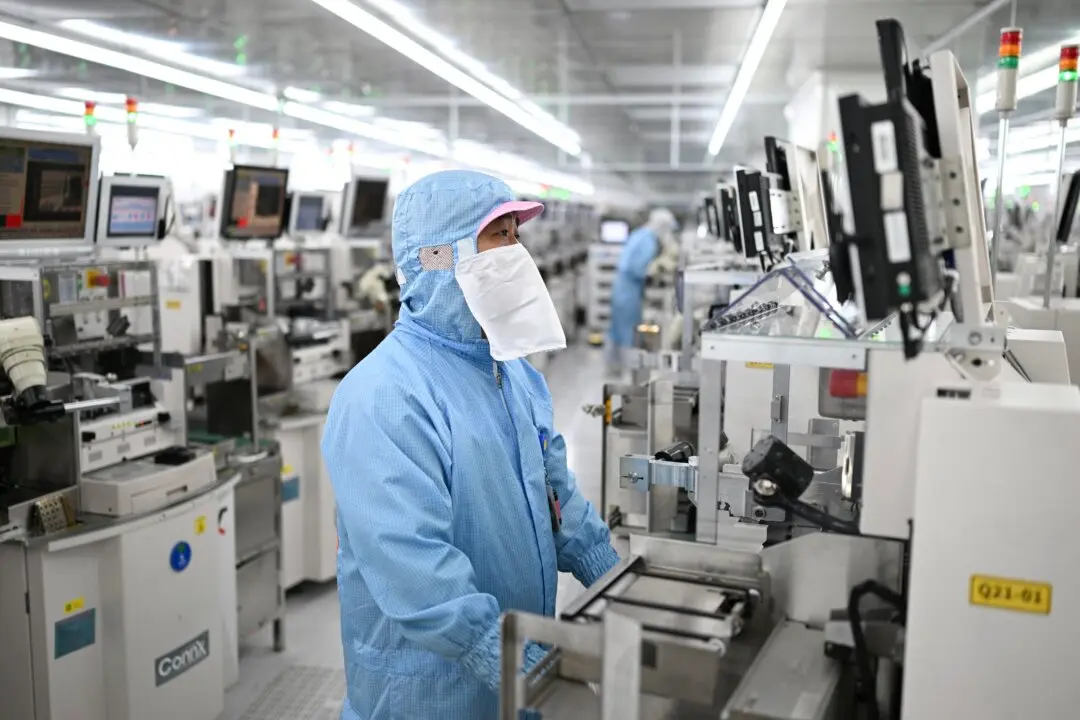GETTYSBURG, Pa.—When Jim Michaels got started in watchmaking, everyone coming through his shop was looking for something to tell time.
“When I started, everybody had to have a watch and everybody was constantly obsessed with the time it kept,” Michaels said.





